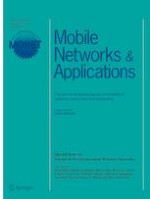05.10.2017
Bio-inspired Active System Identification: a Cyber-Physical Intelligence Attack in Networked Control Systems
Erschienen in: Mobile Networks and Applications | Ausgabe 5/2020
EinloggenAktivieren Sie unsere intelligente Suche, um passende Fachinhalte oder Patente zu finden.
Wählen Sie Textabschnitte aus um mit Künstlicher Intelligenz passenden Patente zu finden. powered by
Markieren Sie Textabschnitte, um KI-gestützt weitere passende Inhalte zu finden. powered by
